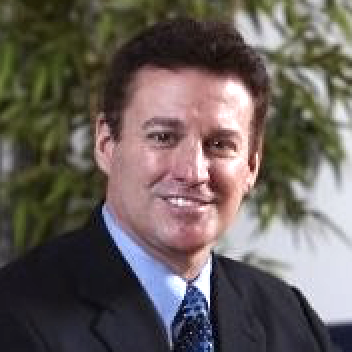
The news is full of stories about the benefits and pitfalls of social media. In a relatively short time span, social media platforms such as Facebook, Twitter, Instagram and YouTube have become — for lack of a better term — household names.
Because of your interactions with residents, it may or may not come as a surprise to you anecdotally that social media is hardly a young person’s game.
But it’s also been proven true by the gold standard in social science polling. According to data from Pew Research Center, 37% of people over the age of 65 use at least one social media platform. In fact, those 65+ were the second-fastest age group of social media users between 2010 and 2018.
Right now, you may be saying to yourself: That’s great, but what does that have to do with me? It turns out, a lot.
Social media is more than just a place to converse with people or share exotically named content such as gifs, memes, etc. It has become a tool to connect people in meaningful ways, one that promotes sharing ideas, memories, wisdom and moments with one another. Whether residents are connecting with old friends over Facebook, documenting important shared moments with loved ones on Instagram, or sharing decades of knowledge with their grandkids on Twitter, social media can be a way for someone to memorialize a life for generations to come.
At its core, social media is about documenting a life. It’s an opportunity to share opinions or the memories accumulated throughout a lifetime. Those memories remain as fresh online as the day they were created and accessible so that others can learn from the experiences, or better get to know someone before he or she is gone.
But it also can have great benefits for older adults right now. Research has shown that keeping up social interactions, even those online, can improve cognitive health as one ages, so it’s quite a powerful tool. For many, social media is a window onto the world that can keep them in touch with the people they love and with the world in which they live.
All too often, people lose touch as they age. Social media is a way to maintain that bridge to the world and continue the personal growth seniors have been working on their entire lives.
It also is an excellent way to keep in touch with friends and loved ones. Family members are more geographically dispersed than at any other point in history. In previous eras, this distance may have been a hindrance to maintaining an active interest in the lives of friends, kids, and grandkids. Social media shrinks that distance, giving someone the ability not only to keep an eye on the lives of loved ones but also to communicate directly with them or in the same conversations they are having with the world online.
It is important as people consider participating in social media, however, that they choose the platform that is best for them. Not all social media platforms offer the same benefits or have the same audiences. And some intentionally create experiences that differ greatly from others.
For instance, MiLegacy offers an ad-free experience where users can choose the kind of content they would like to see and from whom that content comes. For those looking to make meaningful connections with future generations and share wisdom and important moments in their own lives, it offers a time capsule feature for them leave a lasting record of who they are and what they’ve loved.
It is said that no one really dies until the last person alive says your name. Social media is a way to memorialize the many moments in one’s life that have meaning and pass that meaning on to future generations. When done well, it can be a place for honest communication and reflection on one’s life that will live on.
We call our company MiLegacy because everyone of us has a story to tell that can add value to the lives of everyone who follows us.
We owe it to them and to each other to tell that story and preserve those memories.


